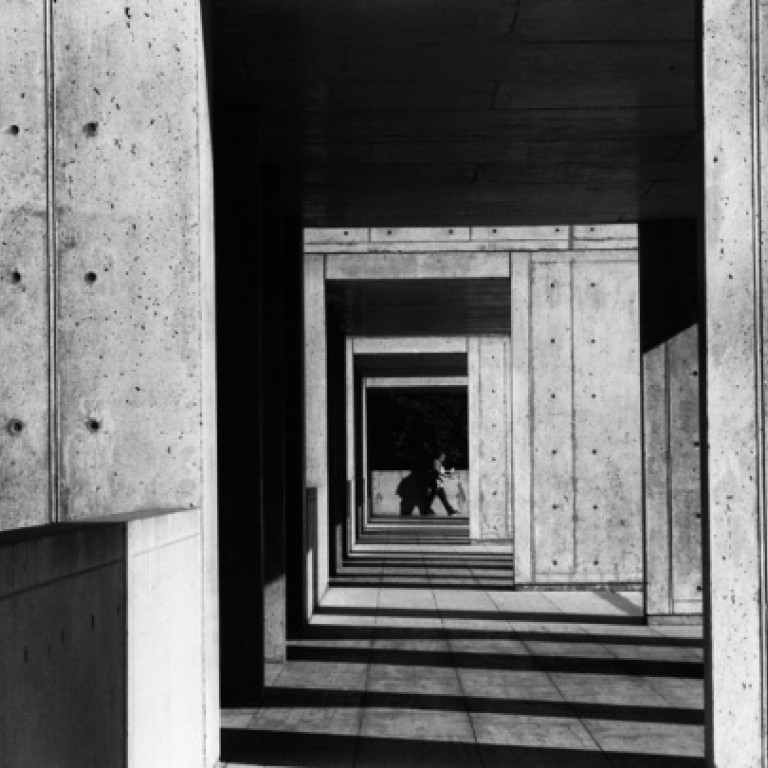
Arts preview: the world in shades of grey
Kylie Knott
RENÉ BURRI – UTOPIA
University Museum and Art Gallery
Wearing his trademark scarf and hat, René Burri looks every bit the artist as he wanders the spacious room that has been temporarily converted into a showcase for images captured during his impressive 45-year career as a photojournalist.
Burri is in the city for his exhibition “Utopia” at the University of Hong Kong. His mostly monochrome pictures are a stark contrast to the antiquities on show elsewhere in the building, but Burri doesn’t seem to mind the odd juxtaposition.
Part of this year’s Le French May festival, “Utopia” comprises 130 of his most significant works. Though the photographer is better known for his portraits of Cuban revolutionary Fidel Castro and the image of a cigarsmoking Marxist revolutionary Che Guevara, the exhibition chooses to focus on some of the 20th century’s famed architects – including French- Swiss Le Corbusier’s chapel at Ronchamp, one of the most important religious structures of the period.
Shots taken in the Brazilian capital, Brasilia, capture the geometric beauty of the work by the country’s great architect, Oscar Niemeyer. Burri does the same at the Salk Institute in California by American architect Louis I. Kahn. Striking images of The Towers of Satellite City by Mexican architect Luis Barragán and German artist Mathias Goeritz provide rare splashes of colour to the collection.
Born in Zurich in 1933, Burri’s work is often referred to as “constructive photography” and today his portfolio is considered one of the greatest collections of 20th-century iconography. He became a full member of Magnum Photos in 1959, working with the photography co-operative’s founding members Robert Capa, Henri Cartier-Bresson and George Rodger.
At Magnum he covered major political and historical events in East Germany and the Soviet Union as well as stints in other countries such as Egypt, Turkey and Vietnam.
Burri also has a connection with the mainland, having spent six months there filming the documentary The Two Faces of China, produced by the BBC in 1968. The project allowed him to travel extensively in China, studying communism’s impact on daily lives.
Towards the end of his filming, the Cultural Revolution began.
“René Burri is one of the world’s most respected photojournalists, so we are honoured to host him and his impressive collection,” says Florian Knothe, director of the University Museum and Art Gallery. “We are very excited about this show and happy to be part of a great cultural event.”
University Museum and Art Gallery, University of Hong Kong, 90 Bonham Road.
